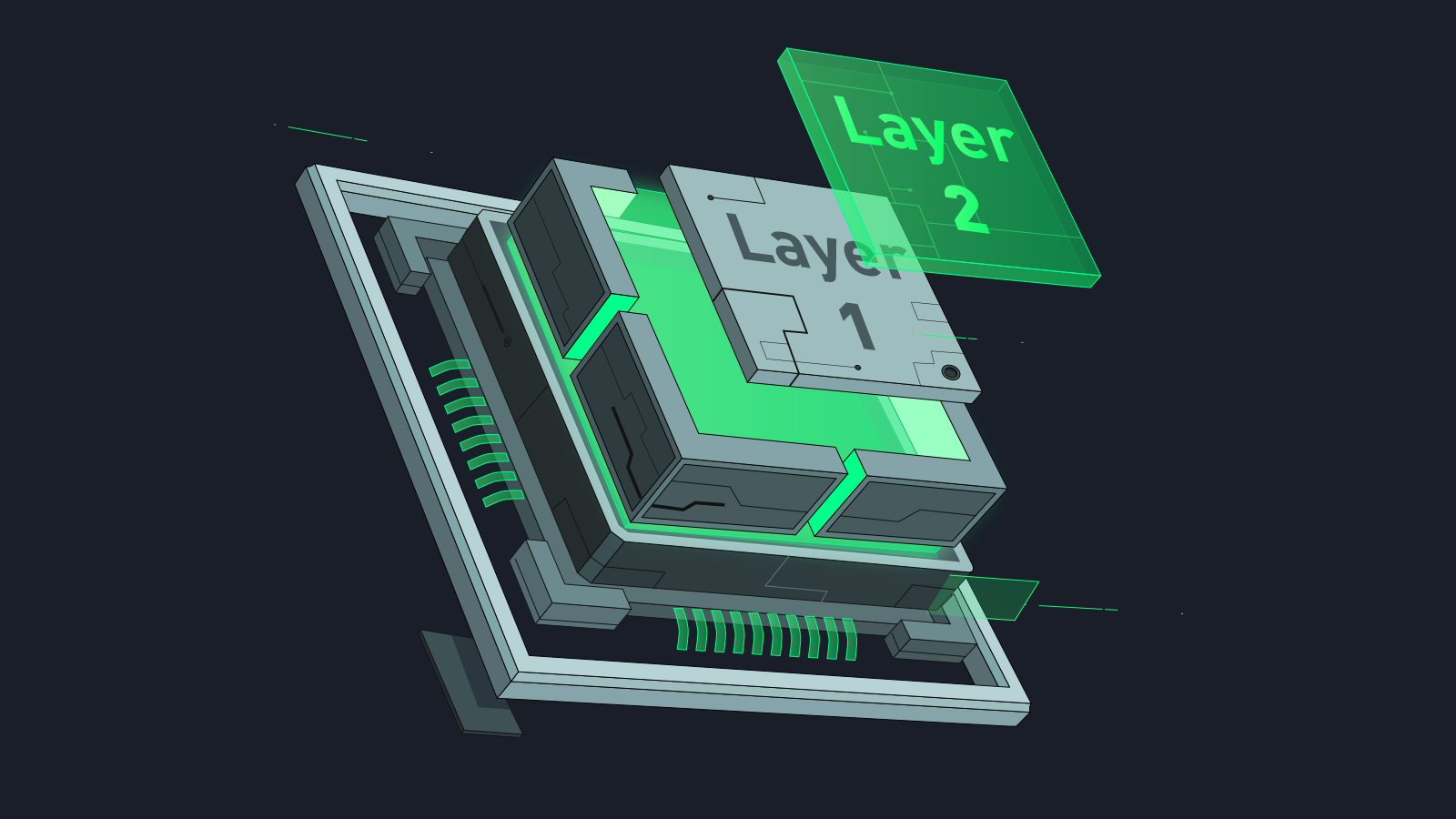Layer 1 blockchains in particular are seeing a surge in interest and investment. The year 2025 draws near in the cryptocurrency market. Blockchain technology From smart contracts to applications (dApps). These underlying technologies enable decentralized ecosystems. New entrants are challenging the long-standing dominance of Bitcoin and Ethereum. In this article, we’ll take a look at the most popular.
Driving Cryptocurrency Growth
Layer 1 blockchains are leading the charge in this innovation. Thriving in the cryptocurrency sector. A Layer 1 blockchain is an independent network that follows. Its own set of rules and protocols, as opposed to a Layer 2 solution, which builds upon an existing blockchain to make it more scalable and efficient. The dynamics and unique properties of Layer 1 blockchains are vital for anybody wanting to navigate. The ever-changing world of cryptocurrencies, especially with tokens connected to these networks experiencing unprecedented growth.
Concepts Behind Layer 1 Blockchains
In the Bitcoin ecosystem, layer 1 blockchains serve as the foundation. Transactions, smart contracts, and other applications rely on them as their main framework. Bitcoin, Ethereum, and more recent contenders. Solana, Avalanche, and Cardano are the most prominent instances. Differentiating these networks from one another in the marketplace. Their distinct consensus mechanisms, governance models, and use cases.

Layer 1 blockchains confront the formidable problem of scalability, or the ability of a blockchain to manage an ever-increasing volume of transactions. By switching from Proof of Work (PoW) to Proof of Stake (PoS), solutions like Ethereum 2.0 hope to increase throughput, which will lead to faster transactions and reduced fees. Solana and similar blockchains are working to solve the scalability problem by using new consensus techniques that greatly improve the speed of processing transactions, such as Proof of History (PoH).
Security and Decentralization
No blockchain network is complete without first ensuring its security. Blockchain technology To protect their networks from intrusion and fraud, layer 1 blockchains use a variety of techniques. One example is Bitcoin’s Proof of Work concept, which is renowned for its high level of security but has energy consumption trade-offs. Many contemporary Layer 1 solutions, on the other hand, use PoS mechanisms, which strive for energy efficiency without sacrificing security.
Institutional funding for Layer 1 blockchains is growing in tandem with the popularity of cryptocurrencies. The increasing interest among traditional financial. Institutions have been highlighted by the recent launch of crypto investment products. By organizations such as Fidelity and Goldman Sachs. For Layer 1 blockchains that are still in the early stages. Their reputation-building, this institutional support can offer additional legitimacy and stability.
Interoperability Solutions
We are getting close to the predicted bull run in cryptocurrencies in 2025, and layer 1 blockchains are ready to lead the charge in altering the ecosystem. With these platforms’ improved scalability, security, and usefulness, together with their vital roles, investors and developers can take advantage of their promising futures. More and more organizations are beginning to see their potential value, and as efforts to improve interoperability and provide more user-friendly solutions continue, their appeal will only increase.
Because innovation is the driving force behind layer 1 blockchains’ adoption and growth, they have a bright future. Investors and players in this industry must understand the pros and cons of these platforms to take advantage of the opportunities that will come. Since the bitcoin industry grows, layer 1 blockchains will remain crucial since they form the basis of new areas such as digital assets, smart contracts, and banking.
Solana’s Growth
Both developers and users love Solana because of its cheap fees and extremely quick transaction rates. Some DeFi protocols and NFT marketplaces have mushroomed within its ecosystem, propelling Solana to the forefront of the Layer 1 area. According to recent estimates, Solana’s total value locked (TVL) in DeFi reached record levels, highlighting its growing significance as its network attracts more users.

Another major development influencing the Layer 1 scene is the long-awaited update to Ethereum 2.0, which entails switching to a PoS consensus method. Improved scalability, decreased transaction costs, and decreased energy consumption are all goals of this update. Blockchain technology The Ethereum community is expected to expand as the protocol is improved, thereby strengthening Ethereum’s position in the cryptocurrency industry.
Fresh Method Used by Avalanche
One reason Avalanche is getting a lot of attention is its innovative consensus system, which claims to be able to process thousands of transactions per second. The cryptocurrency industry’s standing has been bolstered by recent alliances and mergers with prominent banks. As its popularity grows, Avalanche will undoubtedly become the go-to platform for smart contracts and decentralized apps.
Multiple Layer 1 platforms linked assets can boost yield while reducing risk. Blockchain technology This is because many networks excel in specific market niches. Due diligence on Layer 1 blockchain initiatives is essential for investors to ensure they are achieving their investment goals in the ever-changing market. Before considering investing in a project, one needs to have a solid grasp of its use case, development team, technology, and community involvement.
Also read: $TRUMP TOKEN AND THE DARK SIDE OF MEME COINS IN CRYPTO
Conclusion
Layer 1 blockchains are well-positioned to take the lead in transforming the cryptocurrency ecosystem as we near the projected 2025 bull run. Investors and developers can take advantage of these platforms’ promising futures thanks to their essential functions and improved scalability, security, and usefulness. Their potential usefulness is being recognized by more and more institutions, and their attractiveness will only grow as interoperability and user-friendly solutions are pushed forward. Layer 1 blockchains have a promising future because innovation is what will ultimately fuel their adoption and growth.

